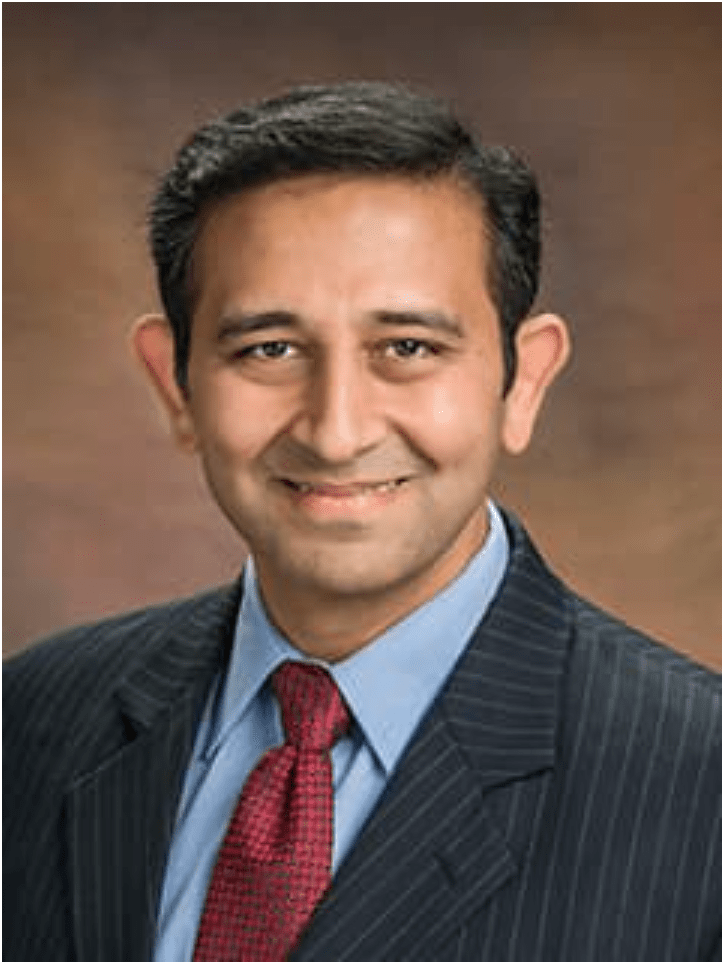Are you an International Medical Graduate (IMG) looking to practice medicine in the United States without the lengthy process of repeating residency? Good news is on the horizon. Several states are reevaluating their requirements to facilitate the entry of qualified IMGs into the US healthcare system. Dr. Rajeev Iyer from IMG Secrets here, and I’m eager to share these developments with you.
Revolutionary Changes in Tennessee and Beyond:
Tennessee has pioneered this movement. In April 2023, Governor Bill Lee signed into law a provision allowing IMGs to undertake just two years of supervised training before obtaining a full license. This opened doors for many, allowing them to practice as attending or consultant physicians.
Following Tennessee’s footsteps, Illinois and other states are actively considering similar laws. Illinois’ law, passed in September 2023, stipulates that IMGs work in underserved areas for two years under supervision before receiving a full license. The goal? To address healthcare disparities while providing opportunities for international talent.
Eligibility Criteria for IMGs:
To seize these opportunities, IMGs must meet certain criteria:
- Graduation from a medical school listed in the World Directory of Medical Schools.
- Possession of an ECFMG certificate.
- Completion of USMLE Steps 1 and 2, and the OET.
- Visa eligibility, with no disqualifying issues (US citizens and green card holders are naturally eligible).
Progress in Florida and Virginia:
Both Florida and Virginia are on the cusp of passing legislation to ease the path for IMGs. Florida’s proposal allows IMGs to bypass US residency if they have completed an equivalent program at home. Virginia is aiming to enable IMGs to work in hospitals with accredited residency programs with a provisional license, leading to full licensure after two years.
Additional States Joining the Movement:
Alabama, Colorado, Idaho, and Washington are innovating by reducing residency requirements, thus accelerating IMGs’ integration into the medical workforce. Other states like Arizona, Iowa, Massachusetts, Missouri, Nevada, and Vermont are undergoing legislative processes to create similar pathways.
A Word of Caution:
While these legislative efforts signal a positive trend, they are subject to change. The intent is clear: to tackle the physician shortage in the US by opening doors for IMGs.
Quality of Care:
A critical question remains – will these changes affect the quality of healthcare? As an IMG myself, I understand the variability in training standards worldwide. It’s essential for US hospitals to perform due diligence to ensure they recruit candidates who can maintain the high standard of care expected in the country.
How IMG Secrets Can Help:
Our commitment at IMG Secrets is to guide IMGs through these evolving opportunities. By connecting with us, you can receive mentorship and coaching tailored to navigate these new pathways. Visit our website, www.imgsecrets.com, to book an appointment and start your journey to practicing medicine in the USA.
Don’t miss out on the full details of how you can become a doctor in the USA. Check out my YouTube video for in-depth information. Have questions? Drop them in the comments, or join me for our live session on the last Saturday of each month – I’m here to provide the answers you need.
Remember, “Make Hay While the Sun Shines” – being at the right place at the right time could be your key to success.
This article was originally published on www.IMGSecrets.com. If you find it elsewhere, this is a plagiarized content and please report immediately to contactus@Imgsecrets.com
Conclusion:
Enjoy the journey, take the steps needed to ensure your success, and embrace the chance to make a significant impact in the healthcare field. Until we talk again, stay safe, stay informed, and seize the day!

Dr. Rajeev Iyer MBBS, MD, MS, FASA (USA)
Associate Professor of Anesthesiology and Intensive Care
The University of Pennsylvania
The Perelman School of Medicine
Philadelphia, USA
Disclaimer: The opinions in this article are author’s own and does not represent the opinions of the University of Pennsylvania, or any other organization, individual or entity.

